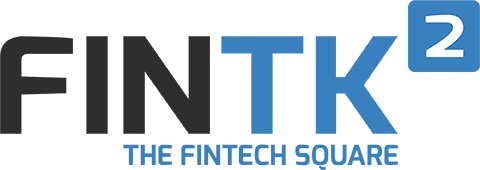
Uber customers in Pittsburgh will be able to have self-driving cars pick them up starting this month. The cars feature cameras, GPS receivers and other types of sensors, and they will be monitored by a human sitting in the driver’s seat.
To do so, first Uber is acquiring Otto, a company that makes its own lidar sensors and is working on self-driving modifications aimed at the trucking market. Rather than developing its own self-driving cars, Uber will use Otto for its autonomous needs.
However, Uber isn’t just buying Otto. The company is also teaming up with Volvo to bring self-driving cars to Pittsburgh. The company will apparently deploy about 100 vehicles, each with an engineer (to drive in case something goes wrong) and another passenger who will be there for observations. Riders who draw the autonomous ride will ride fare-free as well.
The Pittsburgh testing is impressive, even if Uber at the moment isn’t considered the leader in autonomous driving. It’s meaningful too, because while some companies like Google are considered leaders in the space, they can’t maneuver as quickly as companies like Uber or Tesla (NASDAQ:TSLA). These companies have both the technology and the platform to distribute their updates. For now, Google is making progress, but doesn’t have an easy way to deploy it in the real world. Will Tesla and Uber lead the self-driving car revolution?
Bloomberg (8/18), TechCrunch (8/18)
